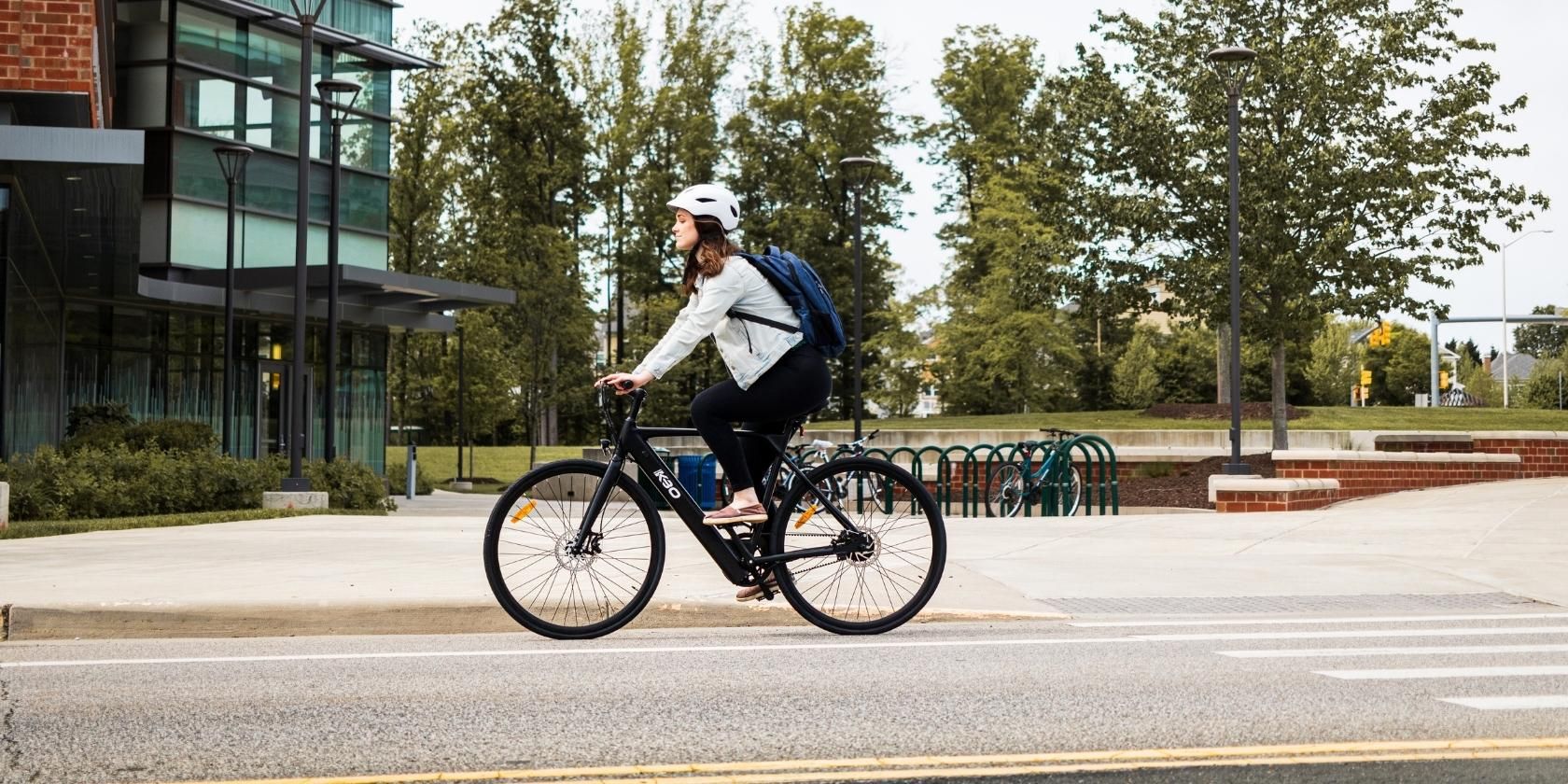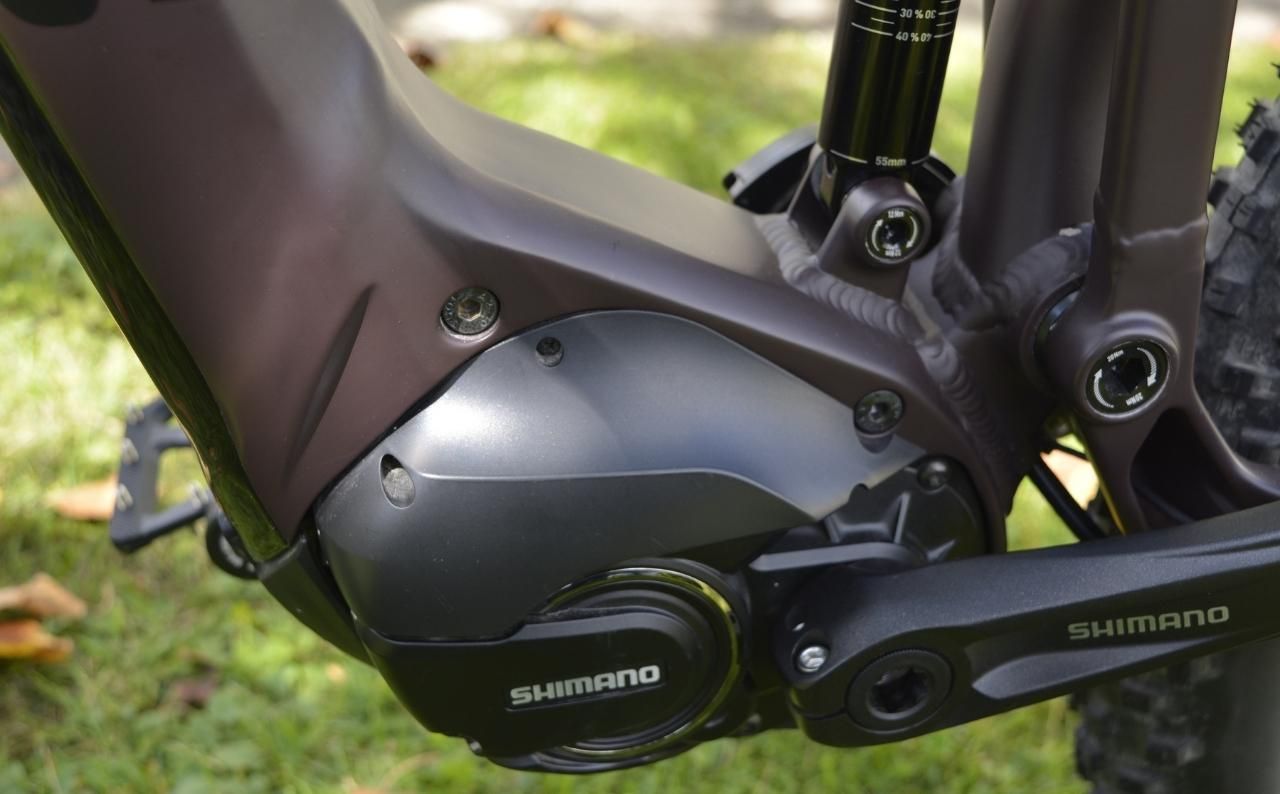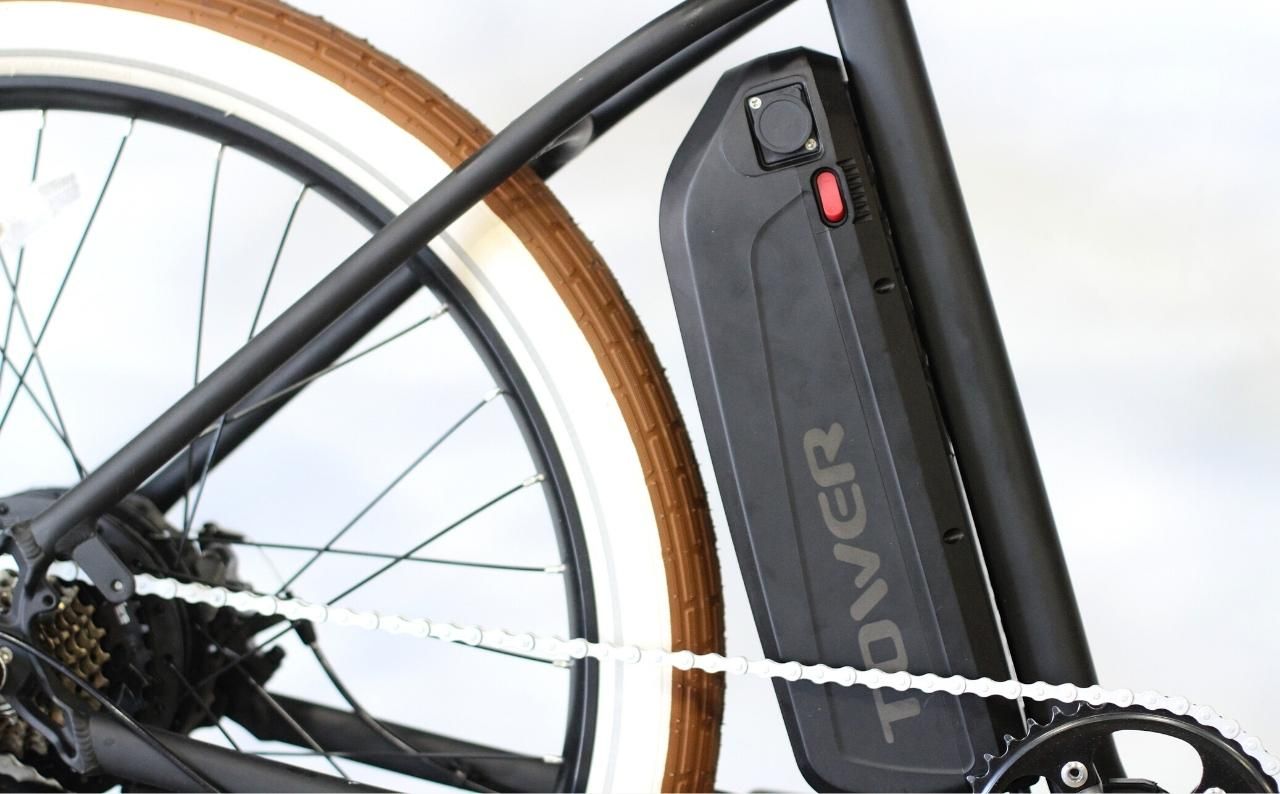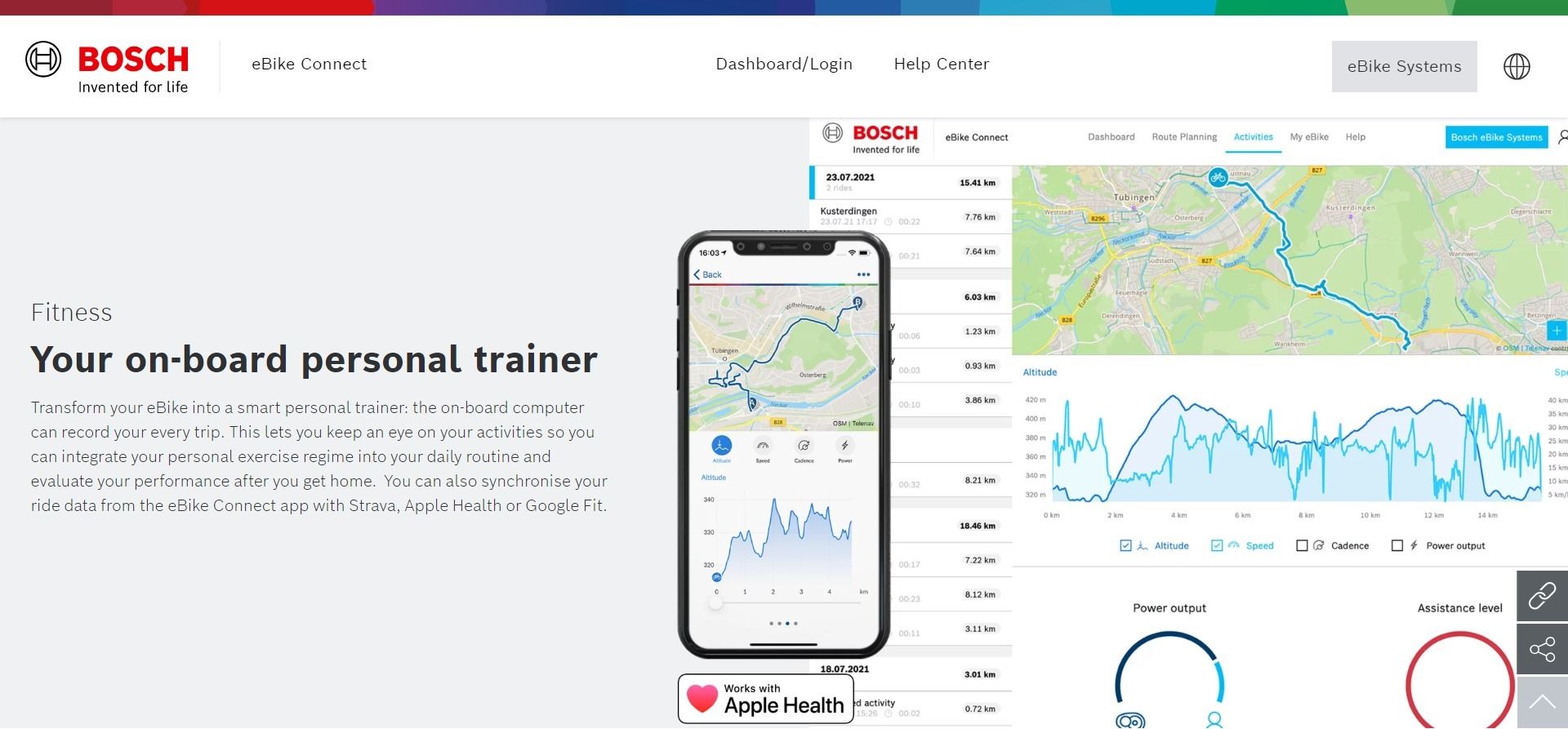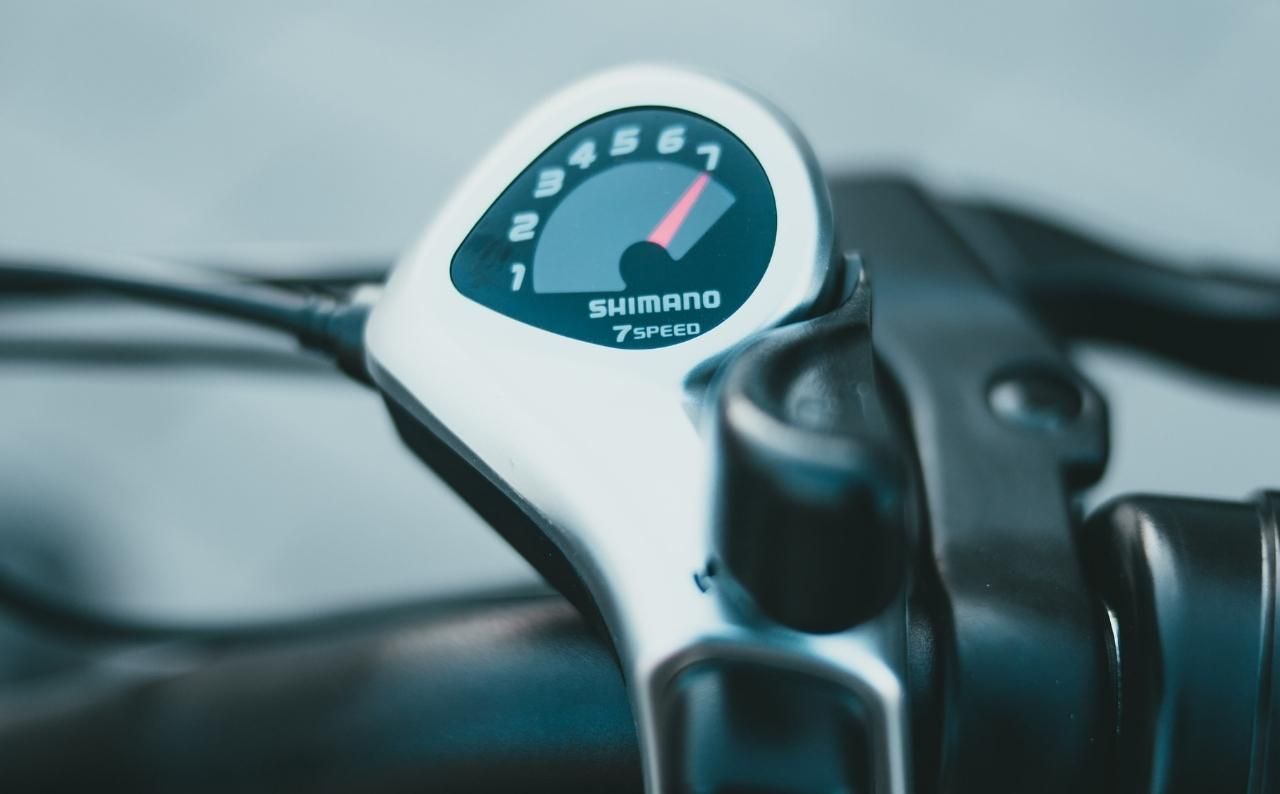Ever wondered where those crazy cyclists get their energy? Well, they don't really pedal themselves; they ride eBikes.
Well, not all of them, but eBikes are becoming increasingly popular for those looking to get some exercise, and it's not hard to see why. They're environmentally friendly and allow you to go farther and faster with less effort than traditional bikes.
But what exactly is an eBike? How do they work? And how far can you ride on one?
What's an eBike?
An eBike, or electric bike, is simply a bicycle fitted with an electric motor that helps the rider pedal. Most modern eBike motors are placed at the center of the bike's frame, where you'd normally find the bottom bracket. Motors can also be positioned within the hub of the front or rear wheel.
Electric bikes are pedal-assist, which means you still have to pedal, but the motor boosts you. This can give you the same level of cardio workout as if you were cycling on a traditional bike, but with the added convenience of not having to worry about feeling exhausted after biking.
The three components that most differentiate eBikes from regular bikes are the battery, the motor and its controller, and the sensor.
The Motor
The motor is usually located in three places on an eBike: the front wheel, on the rear wheel, or mounted centrally on the frame. Its main function is to generate torque. The more torque an electric motor offers, the more power you can get from an eBike.
The Battery
The battery stores electrical energy and provides power to the motor. Lithium batteries are the common option for most eBikes. Many manufacturers opt to mount the battery at the bike's center (just above the pedals) or in a rack on top of the rear wheel.
Charging an electric bike is simple, and you can charge most batteries on or off the bike. To charge a battery on the bike, plug your eBike's charger into a wall outlet and insert the charging cord into your eBike's charging port. Then, wait for two to eight hours, depending on the type of battery and charger technology.
The Sensor
In addition to the motor and battery, eBikes feature a sensor designed to activate the motor when power is needed for pedaling assistance. eBikes are usually equipped with either one of two sensors: cadence or torque.
While either sensor can determine when the bike's Pedal Assist System (PAS) activates the motor and propel the bike forward, they aren't the same.
A cadence sensor is more like a switch. It activates the motor immediately after you start pedaling, which gives you ride assistance and turns it off when you stop pedaling.
For cadence sensors, the motor contributes a specific amount of power to propel you forward, depending on your pedaling effort and the level of pedal assist selected.
The torque sensor is a little smarter. It monitors how hard you pedal and match that to the motor's power output. The idea is to supply the level of assistance that matches your speed.
How Does an eBike Work?
As mentioned, an eBike is essentially a normal bike with a motor and battery, so the riding style is pretty similar to that of conventional cycling.
You can turn on the motor when the battery is charged by pedaling or via the throttle. The motor then starts rotating the wheels, making the bike move forward.
On pedal-assist bikes (pedelecs), you'll need to pedal to keep the motor running. eBikes typically have between three and five levels of assistance, selected via its controller.
You can switch assistance levels while riding or completely turn off the motor to ride under pedal power only. To bring your bike to a halt, shut off the motor and stop pedaling; your bike will cover some distance before stopping.
How Does an eBike Controller Work?
A controller is a small computer that connects all the electrical components of an eBike, including the battery, motor, and various sensors, together.
The two primary types of controllers are pedal-activated and throttle-based. In pedal-activated controllers, the more you pedal, the greater your electric power assistance.
A throttle-controlled eBike works similarly to a motorbike. When the throttle is engaged (twisted or pushed), the motor supplies power to the wheel, making the bike move forward. Some eBikes only require you to activate the throttle to eliminate the need for pedaling.
What Are the Different Types of eBikes?
Some riders prefer to start their search for an eBike by filtering the available options by type. There are several different types of eBikes on the market, ranging from those designed for commuters to those designed for off-road use.
Electric bikes are categorized into classes that indicate their level of motor assistance, primarily for regulatory reasons. The three main types of e-bikes are Class 1, Class 2, and Class 3 electric bikes.
Do eBikes Support Smartphone Connectivity?
eBike smartphone connectivity is the ability to connect an eBike to a smartphone. To connect your eBike to a smartphone, you need to download the eBike's companion app. eBike smartphone connectivity generally works via Bluetooth.
Once connected, you can use the app to track your ride data and receive notifications. Riders that connect their phone to the bike can track their riding data, including speed, distance, and calorie burn.
Some eBikes also allow riders to receive text messages and phone calls while riding. You can also control things like the lights and horn and remotely lock and unlock the bike.
How Fast Do eBikes Go?
Electric bikes can typically travel between 15 and 28 mph, with the fastest eBikes reaching speeds of over 74 mph. Of course, the actual speed you'll achieve depends on the motor and battery size, your pedaling effort, and other factors such as wind resistance and type of terrain.
How Far Can You Ride on an eBike?
How much range you get will depend on the motor type, battery capacity, terrain, fitness level, and other factors. A typical eBike can travel between 22 and 60 miles on a single charge, but long-range eBikes, like the Optibike R22 Everest, can cover up to 300 miles or more.
Ride Farther and Faster With Less Effort
eBikes are an amazing way to move around, whether you're traveling to work or out running some errands. They're good for the environment, and you can get a workout while you're riding.
While the range of an eBike depends on several factors, including the battery life, terrain, the rider's weight, and the level of assistance selected, many can travel up to 60 miles on a single charge.
Typical eBikes can also go up to 28 mph, which is faster than most regular bikes. This means you can cover more ground in less time, making e-bikes a great choice for traveling further without getting tired and sweaty.

